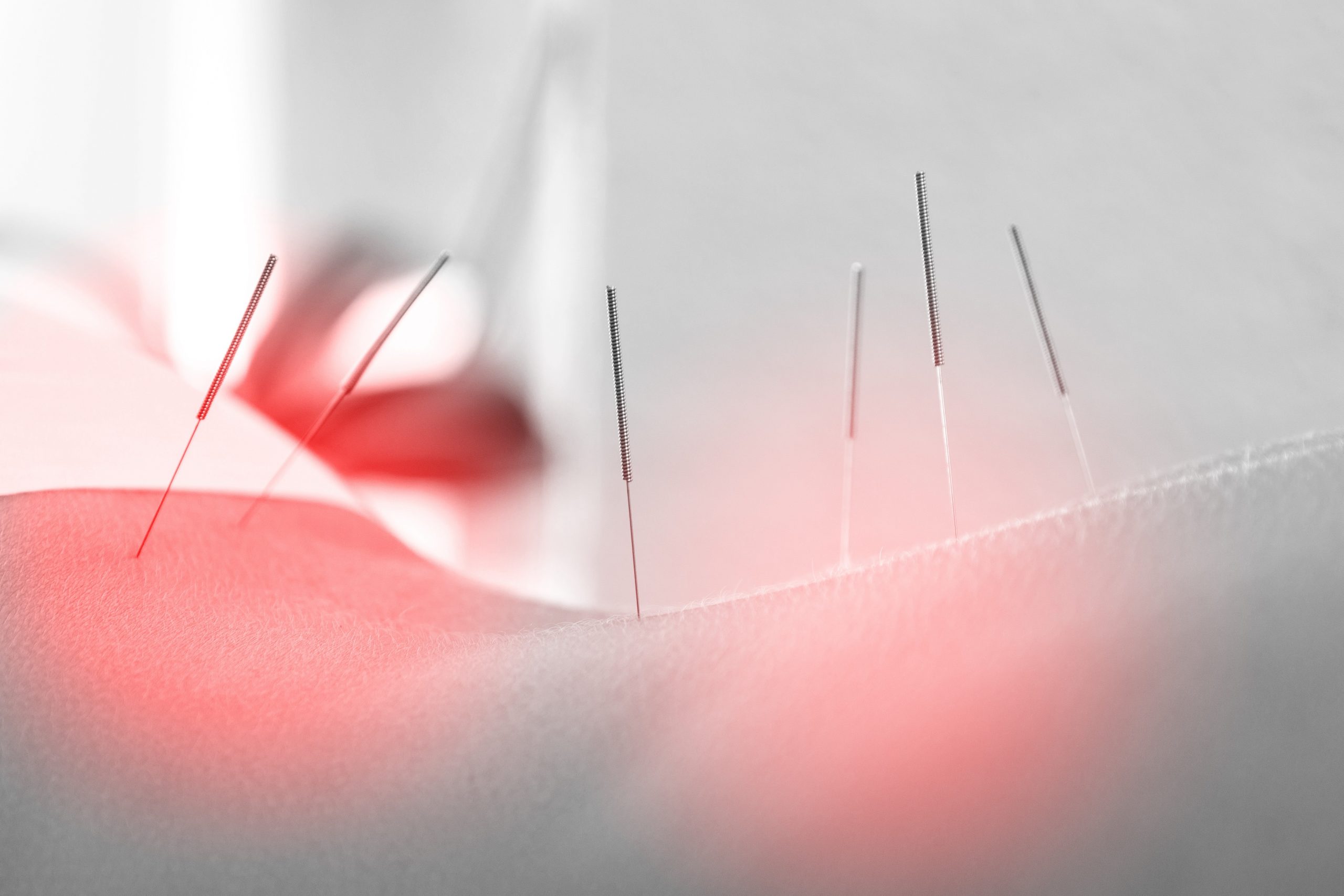There is always a school of thought about different types of needling and their benefits. Once a practitioner becomes comfortable with a particular type of needling, they may overlook the benefits of other types of needling.
Let’s look at the two types of dry needling techniques: deep and superficial.
Injections into myofascial trigger points were proposed by Travell and Simons, the pioneering researchers who introduced the concept of myofascial trigger points (MTrPs) to the medical community. Hence The majority of dry needling studies involve deep needling into MTrP for pain relief (Gattie E, Cleland JA, and Snodgrass S, 2017).
Deep Versus Superficial Needling
Superficial Dry Needling Technique
In the early 1980s, Baldry22 suggested inserting the needle superficially into the tissue immediately overlying the MTrP. He called this technique “superficial dry needling” and applied it to MTrPs throughout the body with good empirical results, even in the treatment of MTrPs in deeper muscles.
Baldry recommended inserting an acupuncture needle into the tissues overlying each MTrP to a depth of 5 to 10 mm for 30 seconds. Because the needle does not necessarily reach the MTrP, local twitch responses are not expected.
Nevertheless, the patient commonly experiences an immediate decrease in sensitivity after the needling procedure. If there is any residual pain, the needle is reinserted for another 2 to 3 minutes.
Baldry advocates the use of superficial dry needling over deep dry needling because the procedure is very easy to carry out; in contrast to deep dry needling, it is a painless procedure (other than an initial short, sharp prick); there is minimal risk of damage to nerves, blood vessels, visceral structures, patient comfort (Griswold et al. 2019), and other structures; and there is a low incidence of soreness after treatment.
Deep Dry Needling Technique
Deep dry needling involves inserting a needle through the skin, beyond the subcutaneous tissue, and into muscular or other connective tissue structures. It can also be combined with needle manipulation and is followed by a twitch reaction.
Deep Dry Needling vs Superficial: Which Technique is Better?
- Edwards and Knowles conducted a single-blind, prospective RCT in which participants received either superficial dry needling combined with active stretching exercises, stretching exercises alone, or no treatments. After 6 weeks, the superficial dry needling group had significantly less pain compared with the no-intervention group and significantly higher pressure threshold measures compared with the active stretching-only group.
- In a single-blind placebo-controlled trial of 17 participants with chronic lumbar MTrPs, Macdonald et al found that superficial dry needling was significantly better than the placebo at reducing pain. Several studies have compared superficial and deep dry needling.
- Naslund and colleagues compared the effect of deep versus superficial needling (which they considered to be a placebo) in a group of 58 individuals with idiopathic anterior knee pain. The authors found no statistical difference between the two methods. Pain measurements decreased significantly in both groups and remained low at both 3 and 6 months.
- According to Ceccherelli et al., they believed that in theory by citing Chiang’s et al. observation that the blockade of nervous afferent fibres from the skin did not eliminate acupuncture analgesia, whereas the anaesthetic blockade in deep tissues did eliminate acupuncture analgesia. Itoh et al. noted that MTrPs are supposed to be sites where nociceptors, such as polymodal-type receptors, have been sensitised by various factors.
The polymodal-type receptors are also proposed as possible candidates for acupuncture and moxibustion because they respond to chemical, thermal, and mechanical stimulation, all of which can generate an analgesic effect. Results of the 2 last studies suggest that acupuncture stimulation of MTrPs in muscle may produce greater activation of sensitized polymodaltype receptors, resulting in stronger effects on pain relief.
However, the polymodal receptors are distributed in the skin as well as the fascia and muscle, and the possibility that superficial needling may activate polymodal receptors in the skin and produce analgesic effects should not be excluded.
Conclusions
Both have valid and good treatment outcomes when it comes to needling. Often, most practitioners believe that outcomes are not based on the type of needling you do, but on a variety of other factors associated with treatment, like patient education, patient selection, the type of needling used, post-needling advice, and the overall patient experience.
Meanwhile, based on the opinions of our experts, we recommend using this method in “risky” areas such as above the lungs and great vessels.
References:
Simons DG, Travell JG, Simons LS. Travell and Simons’ myofascial pain and dysfunction: the trigger point manual. Volume 1, 2nd ed. Baltimore, MD: Williams & Wilkins; 1999.
Kalichman L, Vulfsons S. Dry needling in the management of musculoskeletal pain. J Am Board Fam Med. 2010 Sep-Oct;23(5):640-6. doi: 10.3122/jabfm.2010.05.090296. PMID: 20823359.
Griswold, D., Wilhelm, M., Donaldson, M., Learman, K., & Cleland, J. (2019). The effectiveness of superficial versus deep dry needling or acupuncture for reducing pain and disability in individuals with spine-related painful conditions: a systematic review with meta-analysis. The Journal of manual & manipulative therapy, 27(3), 128–140. https://doi.org/10.1080/10669817.2019.1589030
Gattie E, Cleland JA, Snodgrass S. The effectiveness of trigger point dry needling for musculoskeletal conditions by physical therapists: a systematic review and meta-analysis. J Orthop Sports Phys Ther. 2017;47(3):133–149

